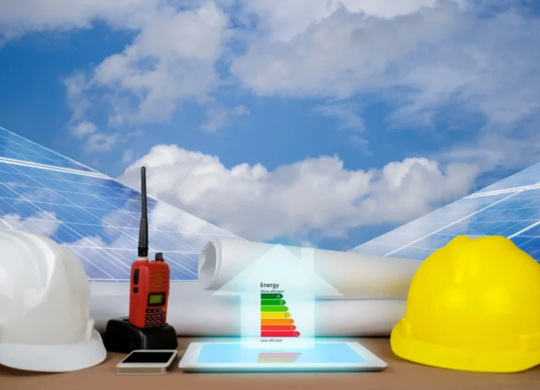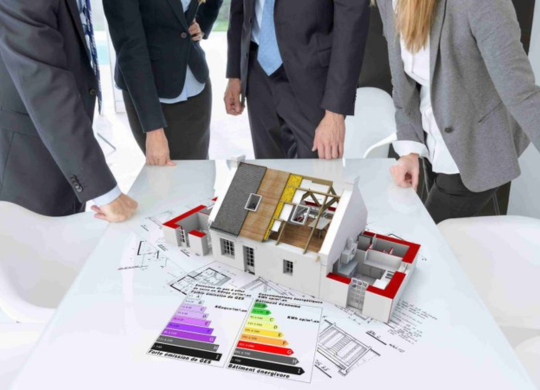Simulex

Simulex enables you to define a building and its occupants, and simulate how they move around a building day-to-day and evacuate during an emergency.
You can identify any problem areas and evaluate solutions for a wide range of building types:
- Schools
- Hospitals
- Conference Centres
- Airports
- Train Stations
- Large office buildings
The simulation allows you to view how the population evacuates (including queuing, congestion, overtaking etc.) as it happens. You can monitor the number of people left in the building at any time, and ask Simulex to predict how long it will take all the occupants to reach the exits. Each floor plan and staircase is displayed in its own simulation window so you can view every event.
Model Set-up
- Use VE or CAD generated DXF files to create and define each floor plan
- Create staircases to connect floor plans together for a multi-storey building analysis
- Define and position ‘Final Exits’, either outside or inside the building
- ‘Links’ are used to connect each doorway from a floor plan into a staircase
- Place people on each floor or staircase individually, or as groups over defined areas
Building Set-Up
- Define the building fabric with exactly the same accuracy as the DXF files
- Automatically generate a 0.2m x 0.2m spatial mesh, overlaid onto the DXF floor plans
- Generate a ‘distance map’ which calculates the total distance-to-exit for every point on the spatial mesh
- Distance maps can be displayed graphically as distance ‘contours’ – in a similar way to height contours on a geographic map
- Each occupant can be assigned a distance map
- Route analyses can be carried out by ‘dropping’ test people into the model and observing their escape route, based on the distance maps. The total distance travelled is displayed while movement occurs.
People Set-Up
- Define different ‘population groups’ with combinations of the following features:
- Body shape and size
- Walking speed
- Time to respond to alarm
- Any combination of individuals with specific characteristics can be combined in one model, in any part of the building
- All aspects of the population demographics can be changed, allowing you to customise body sizes, walking speeds, stair ascent and descent speeds. This enables you to test any range of occupant disability.
Evacuation simulation
- The user initialises the evacuation when the model has been built and populated
- Live on-screen display of the plan views of any part of the building, which can be zoomed in or out
- Each person is shown, and movement animated every 0.1 seconds
- Still shots of this movement can be captured at any time and pasted into a graphics or word processing package
- All queuing, congestion, overtaking etc. is viewed by the user as it happens
- The user can change views of any part of the building as the simulation progresses
- The evacuation proceeds until all occupants have escaped from the building
Post-simulation analysis
- Each simulation can be recorded to disk for subsequent playback
- The user has complete control over which part of the building is viewed at any time
- Any combination of views is accommodated
- Simulations can be played back at real-time, paused, reversed, or stepped forward
Different Scenario Analysis
- Distance maps calculate the distance to the nearest exit by default
- Additional distance (or route) maps can be set up, which use different exits and staircase links
- The alternative route maps can be applied to any number of occupants in any part of the building
Outputs
- Depending upon the size of the model and the speed of your computer, the simulation may not occur in real time. You can therefore ‘record’ the simulation and play it back in real time, with all the usual video control functions.
- Still screen-shots from the simulations or recorded simulations can be placed in reports etc.
- Results generation:
- Creates a text file of general occupant flow details
- Can create a text file of every individual’s movements, every 0.1 seconds
- Can be used by customised 3rdparty applications to generate 3D visualisations
- If a simulation has been recorded, the simulation playback file can be distributed
Source:- https://www.iesve.com/software/virtual-environment/simulex
Our Services
We’re here to help and answer any question you might have.
Free Consultation About RDT Design Technologies LLP
Testimonial
"Our experience with RDT Corp has been outstanding. They delivered a customized solution that addressed all our requirements and exceeded our expectations. Their commitment to excellence is evident in everything they do."

"RDT Corp provided us with a comprehensive IT strategy that perfectly aligned with our business goals. Their proactive approach and attention to detail have made a significant impact on our company's growth. Their services are worth every penny."

"RDT Corp's expertise in digital transformation helped us streamline our processes and boost productivity. Their team is incredibly knowledgeable and always goes the extra mile to ensure our needs are met. We're thrilled with the results!"







